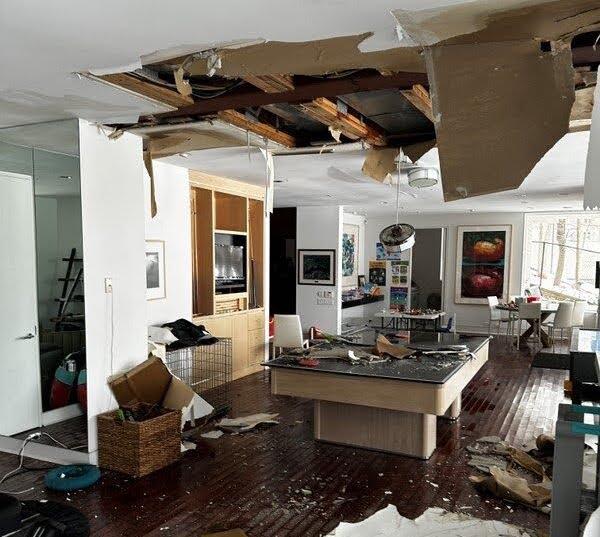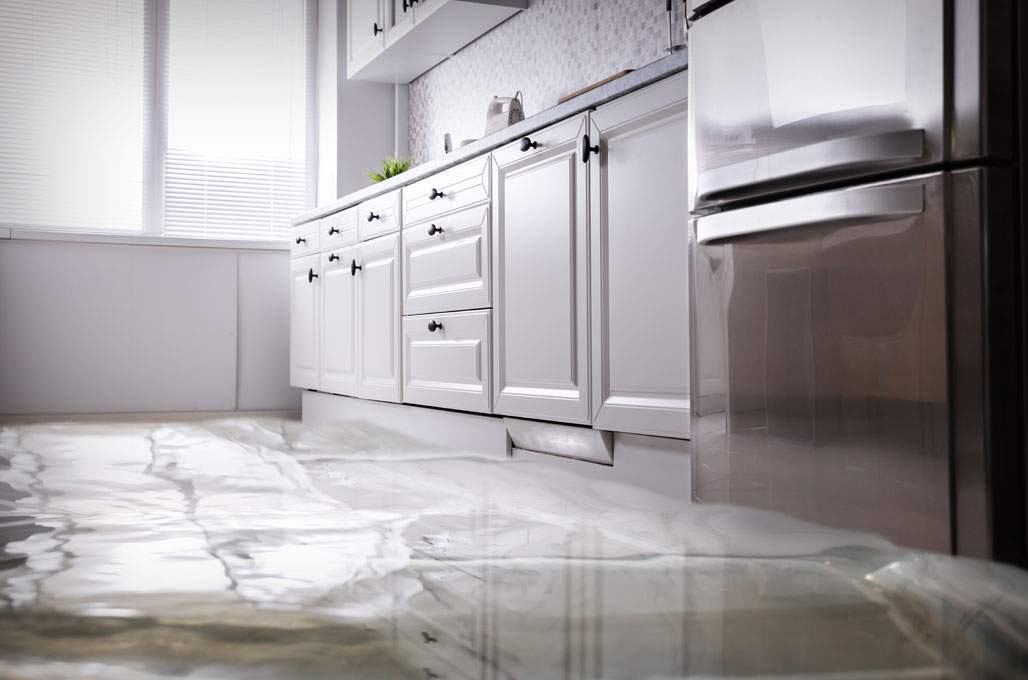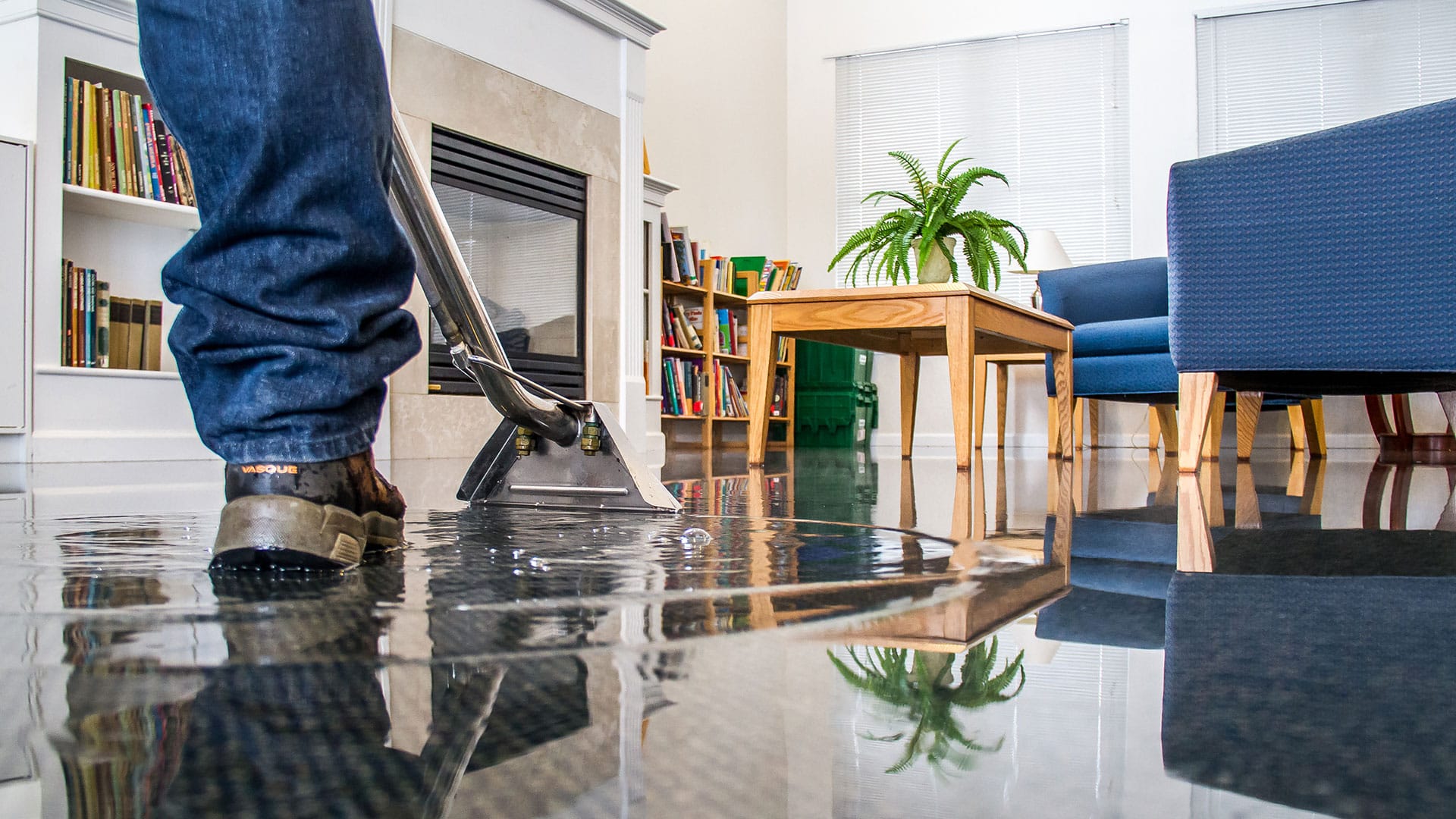Water Damage Cleanup Experts Offering Prompt and Efficient Solutions
The Refine of Water Damage Cleanup: Ensuring Your Home Is Restored Properly
Water damages can be a challenging obstacle for property owners, necessitating a structured and meticulous cleaning process to recover safety and performance. Initially, a comprehensive analysis is critical to recognize the degree of the damage and identify the proper removal procedures. Following this, effective water removal methods play a pivotal role in alleviating further harm. Nonetheless, the nuances of drying, disinfecting, and eventual remediation are equally vital and usually ignored. Understanding these stages can make a significant difference in the end result of your home's restoration, motivating a closer consider what each action involves.
Examining the Damage
Upon discovering water damage, the very first step is to thoroughly assess the level of the impact. This preliminary examination is essential, as it aids figure out the necessary steps for efficient cleanup and restoration. Begin by inspecting the influenced locations, including wall surfaces, ceilings, floors, and individual belongings, to recognize the resource of the water intrusion, whether from flooding, leaks, or condensation.
Recording the damages is crucial for both insurance cases and preparing repair initiatives - damage restoration services. Use pictures and written notes to catch the severity of the damage, noting any kind of damaged architectural aspects and products. Pay special attention to areas that may not be promptly visible, such as behind walls and under carpets, as hidden moisture can bring about further issues, including mold and mildew development
Furthermore, assess the timeline of the water exposure. The longer the materials remain damp, the higher the potential for damages. Recognizing the duration of exposure will educate the urgency of remediation efforts. Ultimately, a detailed assessment prepares for a successful water damage clean-up process, making certain that all affected areas are attended to successfully and thoroughly.
Water Removal Strategies

Specialists usually use submersible pumps for larger quantities of water, which can quickly alleviate flooding in basements or other impacted areas. For smaller sized quantities, wet/dry vacuum cleaners are typically made use of to draw out residual moisture from rugs and tough surfaces. In addition, using mobile extractors permits targeted removal in confined areas or locations with fragile products.
In circumstances of contaminated water, such as sewer or floodwater, advanced removal methods might include making use of biohazard devices to make certain security and compliance with health and wellness regulations. High-powered extraction devices are important in decreasing water retention in architectural products, which can lead to mold growth and architectural wear and tear if not attended to promptly.
Inevitably, the effectiveness of water extraction techniques plays a crucial function in the general success of the water damage cleaning procedure, preparing for subsequent remediation efforts.
Drying and Dehumidification
When standing water has been properly drawn out, the next important phase in the water damage cleanup process is drying out and dehumidification. This action is vital to avoid more damage and mold growth, which can occur within 24 to 48 hours in wet settings.
To achieve effective drying out, specialized devices such as industrial-grade air movers and dehumidifiers is employed. Air moving companies circulate air throughout damp surface areas, boosting dissipation rates, while dehumidifiers minimize humidity levels in the air, advertising a helpful atmosphere for drying out. The mix of these tools makes sure that wetness is extracted from furnishings, walls, and floors, allowing them to dry extensively.
It is necessary to monitor the drying process very closely. Professionals frequently make use of dampness meters to analyze the wetness web content in numerous materials, ensuring that all influenced areas get to appropriate dryness levels. This precise strategy aids to stop concealed moisture pockets that can bring about structural damages or harmful mold and mildew development.

Cleansing and Sterilizing
After the drying and dehumidification stage is complete, the next essential step in water damage cleaning is cleaning and sterilizing the influenced locations. This procedure is essential to avoid the growth of mold and mildew, microorganisms, and other virus that flourish in wet environments.
The cleansing phase usually includes getting rid of any type of particles, dust, and pollutants from surface areas utilizing specialized cleaning agents. For tough surface areas, a combination of soap and water or industrial cleaning products is often employed. Soft products, such as furniture and carpets, might require much more extensive cleansing methods, including heavy steam cleaning or deep removal methods, to ensure extensive hygiene.

Sterilizing complies with cleaning, making use of EPA-approved disinfectants to remove harmful microorganisms. This step is crucial, especially in locations that may have entered into contact with floodwaters or sewer, as these resources can pose significant health threats.
Additionally, it is essential to address any type of remaining odors, which may require making use of odor neutralizers or innovative strategies like ozone therapy. Proper cleaning and sanitizing not just restore the safety and security and hygiene of your home yet likewise prepared for successful remediation and repair services in succeeding phases of the water damage cleaning procedure.
Reconstruction and Repair Work

Once the analysis is complete, restoration efforts can start. This typically involves fixing or replacing broken materials, ensuring that all work conforms with regional structure codes and criteria. If drywall has actually been jeopardized, it will certainly need to be eliminated and changed with new product. Additionally, flooring might require similar attention, relying on the degree of water exposure.
It is vital to engage knowledgeable reconstruction professionals during this process, as they possess the expertise to handle intricate repair work successfully. Furthermore, they can assist reduce possible future problems, such as mold and mildew development or structural instability, thus ensuring a safe and habitable living atmosphere. Ultimately, efficient repair and repairs recover the home's integrity and improve its overall worth.
Conclusion
In final thought, the process of water damages clean-up is crucial for recovering a home to its pre-damage condition. Each phase, from examining the damages to implementing effective water extraction content methods, adhered to by extensive drying out, sterilizing, and essential repairs, plays a crucial function in guaranteeing safety and security and compliance with structure requirements. Effective implementation of these steps not just minimizes instant damages however additionally improves the long-lasting integrity and value of the home.
Water damages can be a complicated challenge for home owners, necessitating a precise and structured cleaning procedure to restore security and functionality. Inevitably, a comprehensive assessment lays the foundation for an effective water damage cleanup process, making sure that all influenced areas are resolved successfully and completely.
Efficient water removal techniques are essential in mitigating damages and preventing additional difficulties adhering to a water invasion event.In conclusion, the procedure of water damage cleaning is vital for bring back a home to its pre-damage problem. Each phase, from analyzing the damages to carrying out reliable water extraction strategies, adhered to by detailed drying, sanitizing, and required repair services, plays a necessary duty in making sure safety and security and compliance with building criteria.